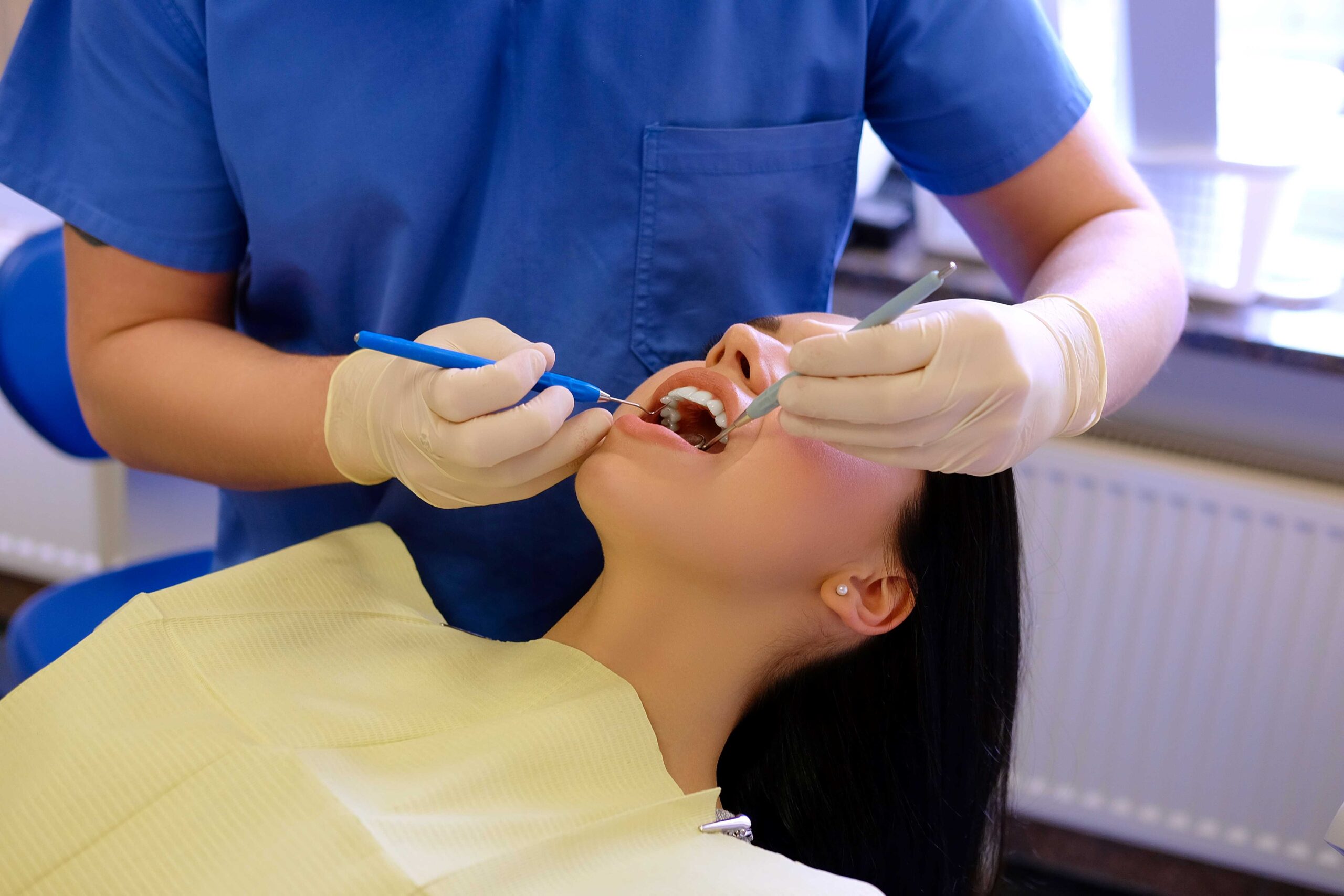The smart Trick of Legacy Orthodontics That Nobody is Talking About
The smart Trick of Legacy Orthodontics That Nobody is Talking About
Blog Article
3 Simple Techniques For Legacy Orthodontics
Table of Contents7 Simple Techniques For Legacy OrthodonticsUnknown Facts About Legacy OrthodonticsFascination About Legacy OrthodonticsOur Legacy Orthodontics DiariesThe Legacy Orthodontics PDFs
In addition, we supply adjustable therapy routines, flexible payment choices and an enjoyable, enjoyable experience.An orthodontist is a dentist educated to identify, avoid, and deal with teeth and jaw irregularities. They fix existing problems and are educated to determine troubles that might develop in the future. Orthodontists work with individuals of every ages, from youngsters to adults. People frequently associate a best smile with healthiness.
Malocclusion, or misaligned teeth, can result in dental issues, including dental caries, gum tissue condition, and difficult or excruciating eating. But not everybody is born with straight teeth. If you have a negative bite or big spaces between your teeth, you may desire to speak with a dentist focusing on orthodontic care.
What Does Legacy Orthodontics Do?
( Picture Credit History: DigitalVision/Getty Images) Orthodontists make use of dealt with and removable dental devices, like braces, retainers, and bands, to change the placement of teeth in your mouth. Orthodontic therapy is for dental irregularities, consisting of: Misaligned teethBite problems, like an overbite or an underbiteCrowded teeth or teeth that are also much apartJaw misalignmentThe goal of orthodontic treatment is to enhance your bite.
A healthy bite ensures you can consume, chew, and speak properly. While you may believe of orthodontists as primarily for youngsters or teenagers that require dental braces, they can remedy oral problems at any age. Orthodontists go to college, oral college, and orthodontic college. After college graduation, they spend 2 or 3 years in an orthodontic residency program.
All orthodontists are dental professionals, but not all dental practitioners are orthodontists. Orthodontic residency programs use intensive, concentrated direction for dental professionals. They concentrate on two areas: Just how to appropriately and safely relocate teeth How to effectively lead growth in the teeth, jaw, and faceOnce an orthodontist has actually completed training, they have the choice to end up being board licensed.
Some Known Incorrect Statements About Legacy Orthodontics
Misalignment, or malocclusion, is the most typical reason individuals see an orthodontist. It is genetic and is the outcome of size distinctions between the top and reduced jaw or in between the jaw and teeth. Malocclusion causes tooth congestion, a twisted jaw, or uneven bite patterns. Malocclusion is normally treated with: Your orthodontist attaches metal, ceramic, or plastic square bonds to your teeth.
If you have just minor malocclusion, you may have the ability to make use of clear dental braces, called aligners, rather than typical braces (https://www.merchantcircle.com/blogs/legacy-orthodontics-leesburg-va/2024/9/Your-Smile-s-Best-Friend-The-Leesburg-Orthodontist/2824288). Some individuals require a headgear to assist relocate teeth right into line with pressure from outside the mouth. After braces or aligners, you'll need to use a retainer. A retainer is a custom tool that keeps your teeth in area.
They're most frequently made use of on kids. They can develop additional room in the mouth without needing to pull teeth. If you have a serious underbite or overbite, you may require orthognathic surgical treatment (also called orthodontic surgical treatment) to extend or shorten your jaw. Orthodontists make use of cords, surgical screws, or plates to support your jaw bone.
You may require to see an orthodontist if you have: Crowding or otherwise enough space for every one of your teethOverbite, when your top teeth come by your base teethUnderbite, when your base teeth are as well far forwardSpacing or issues with gapsCrossbite, which is when your upper teeth fit behind your base teeth when your mouth is closedOpen bite or an upright gap in between your front bottom and top teethMisplaced midline, when the center of your base and top teeth do not align Remedying a dental malocclusion can: Make biting, chewing, and speaking easierImprove the balance of our face and your total appearanceEase pain from temporomandibular joint conditionsDifferent your teeth and make them much easier to clean, helping stop tooth degeneration or tooth cavities It's frequently a dental expert who first notices misaligned teeth throughout a routine home exam.
All about Legacy Orthodontics

Throughout your initial orthodontic examination, you'll likely have: A dental examPhotos taken of your face and smileDental X-raysPanoramic (360 level) X-rays of your face and headImpressions to develop mold and mildews of your teethThese tests will help your orthodontist understand exactly how to wage your treatment. braces. An orthodontist is a dental professional who's had training to treat your teeth and jaw
An orthodontist is focused on your bite, so something like a damaged tooth would be handled by a dentist. Orthodontists are focused on your bite, or the means your teeth fit with each other, and the straightness of your teeth.
Ever questioned exactly how stars always seem to have flawlessly straightened teeth? The response frequently depends on the experienced hands of an orthodontist. Yet exactly what does an orthodontist do? Orthodontists are oral professionals that concentrate on remedying irregularities in the teeth and jaws. Their knowledge exceeds just creating a lovely smile; it reaches boosting your total dental health and wellness and function.
10 Easy Facts About Legacy Orthodontics Described

, orthodontists have a varied toolkit at their disposal. These tried-and-true dental braces use a system of brackets bound to the teeth and linked by cords.
Clear aligners, like Invisalign, are a preferred option for people looking for a more very discreet treatment choice. These detachable trays are custom-made to progressively shift the teeth's placement. Headgear might be utilized together with dental braces or aligners to apply extra targeted pressures, specifically for remedying jaw discrepancies. In cases of narrow jaws, palatal expanders can be utilized to develop room for proper tooth placement.
Report this page